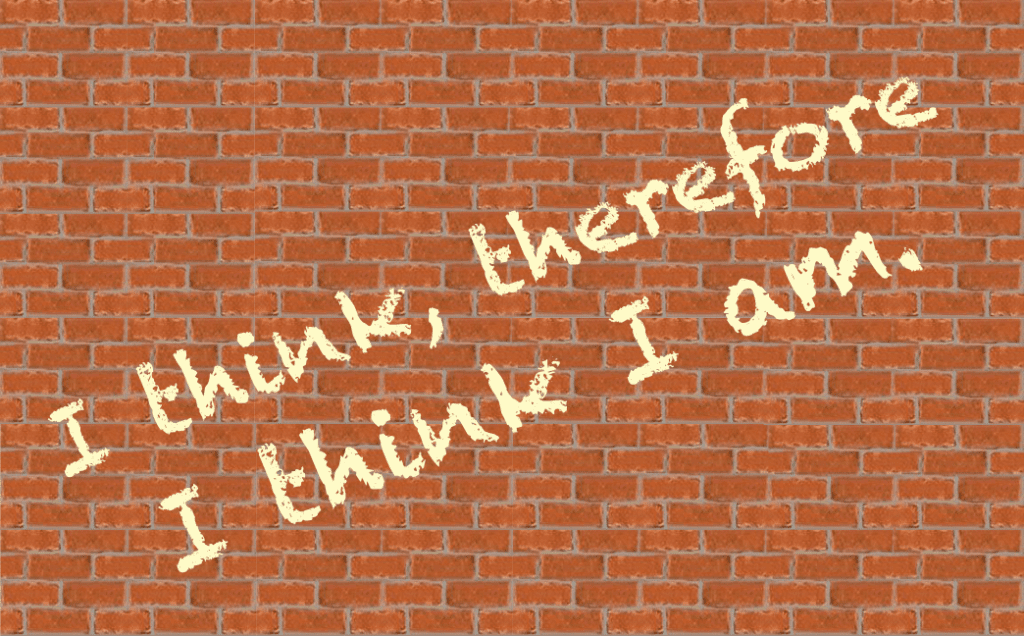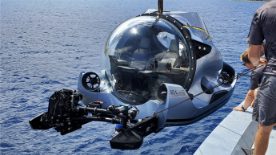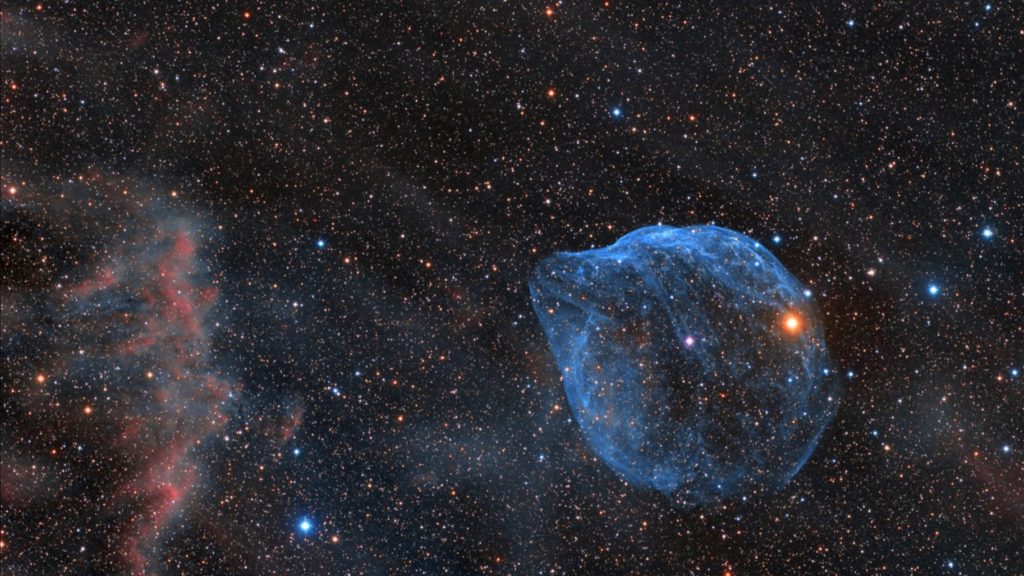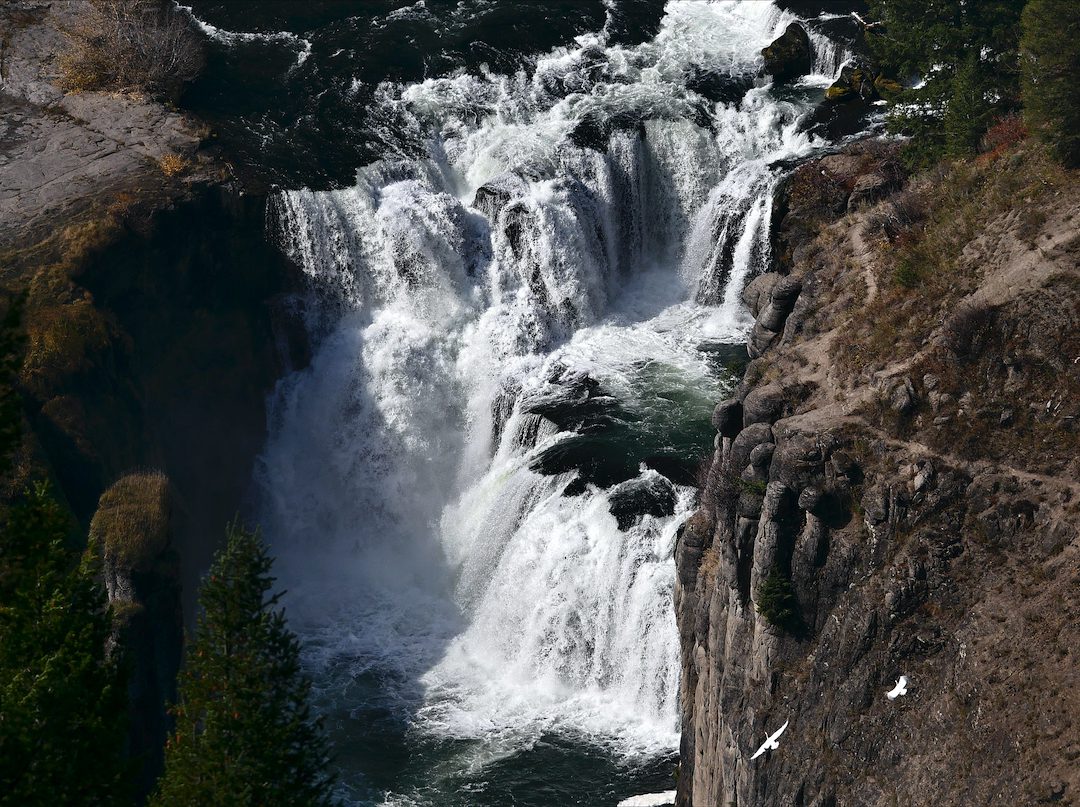Three Assumptions About Reality
In the way we deal with ‘reality’, there’s “a view of the world many people would consider obvious or natural. This world view is based on three assumptions”. (Bernard d’Espagnat: Quantum Theory and Reality)
“One is ‘realism’, the regular occurrence of phenomena is caused by an objective physical reality, independent of human observers. The second is ‘induction’, that you can freely infer that today’s “consistent observations” can be repeated tomorrow. “The third premise is called Einstein separability, that no influence of any kind can propagate faster than the speed of light.” I know we all think about the speed of light every couple of seconds.
The enduring legacy of quantum theory is not “the observer decides the outcome”, but that at least one of the three assumptions needs to be modified, however reluctant we are to change our common-sense view of the world.
Which habit are you gonna kick?
I’m not going cold turkey on induction. I like consistency in my universe. Things always fall on the floor when I’m careless, but it also means they stay put every time I place them properly. So far, the speed of light stands up in experiments, some serious tire-kicking. We all believe in objective reality, at least to the extent that we look at the gauge and put gas in the tank. And yet….
Take a universe a billion billion light-years in diameter, completely empty except for 2 ping-pong balls a mere million billion light-years apart. Those two ping-pong balls would still experience a tiny tiny tiny gravitational attraction, hard to skip past Newton’s Law. Only thing is, you wouldn’t be able to say anything about that universe without a consciousness to observe what’s happening. You simply cannot talk about reality without examining the observing consciousness. So, how does consciousness work the process of observing and knowing?
When I look at my gas gauge, am I looking at something real, giving me real information? Right, so that representation must be real? Yes, – and it’s where subjective vs objective breaks down.
This fourth assumption, that we receive objective information about that objective reality through our senses, is not valid, but demonstrably and scientifically untenable.

The Immersive Self
Everything starts with determining the nature of the self, esp. as perceiver of the world and reality.
There’s no way of talking about or investigating the world without first checking out who or what is perceiving and investigating.
Any conceptual understanding creates a metaphysical construct in the reality being perceived, which will be subject to all the problems of monism vs dualism, physicalism vs idealism, all the dichotomies we create, in the worldview.
So that determination must be experiential, and a relatively quick, sure-fire way is through vipassana, insight or mindfulness meditation.
‘…for all those years of my life, I really had been a figment of my own imagination!’ Jill Bolte Taylor
In meditation, people eventually come to the realization that our idea of “self” is illusory. We find that “no self-as-thing” is actually the basis for consistent and ongoing fundamental wellbeing. In a train of thought from Bergson to JJ Gibson to Stephen Robbins’ Time and Memory, it turns out that even in the absence of “me”, seeing occurs, hearing occurs, sensing occurs, conditioning occurs, compassion occurs. How that happens is just as fascinating and relevant. Our illusions about how we do it are on a par with constructing and reinforcing notions of ‘self’. We don’t even perceive the world the way we think we do.

Imagine the brain as a bathyscaphe, your personal underwater observation platform. It’s having a total immersion experience, from sea level to 10,000 meters down, with cameras and microphones and pressure gauges and other sensors. It collects information about every aspect of the sea, the way sunlight penetrates the upper layer, the currents, fish and mammal inhabitants, right down to the algae ooze on the sea floor. Fairly close to how we imagine we operate in our world?
Except that it’s almost totally wrong.
There’s nothing in the brain to suggest information is recorded and stored in this way, and there’s no ‘Inner Archivist’ organizing the process. We do not all live in yellow submarines. But the process is happening, so we need to imagine it – and experience it – without the vessel, as a perception-processing wave (PPW). Robbins calls it a ‘reconstructive wave’ from holography.
There’s no submersible, and also no ‘ocean’: there’s only light, energy, and “qualia”, the qualities of pressure, density, temperature, movement, etc. There is a perception-processing wave interacting with the cosmic information field (CIF), though the external world is still there, and still real. The PPW may be moving relative to the CIF, or vice versa. It’s maybe most like a bubble-ripple traveling through and ‘reading’ the ocean. Images of the Dolphin Nebula in space give another good idea.

Each of us is a bubble without a surface or skin, moving through an infinite, dimensionally-unchallenged bubble in constant exchange of energy and information.
© Malcolm Fraser 2024. All rights reserved.




